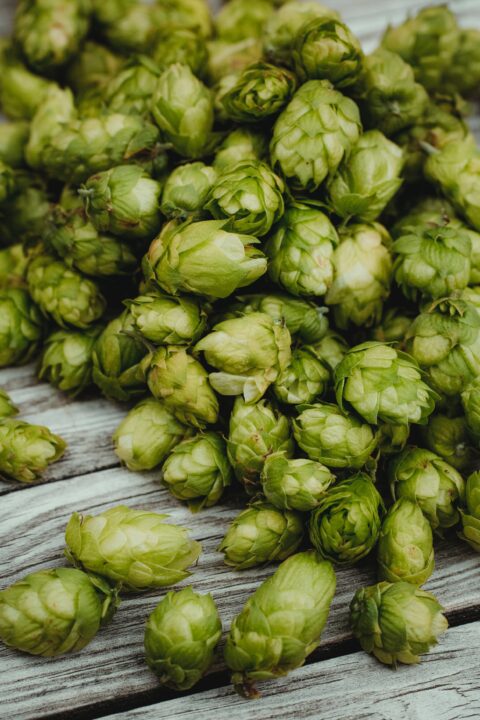Is It Damping-Off That’s Keeping Your Vegetable Crops Down?
A general term used to describe the death of seedlings due to a variety of soilborne fungal pathogens. It can affect almost all vegetable plants at the early stages of growth.
Losses can be severe and are often manifested in reduced stands in seed flats or rapid wilting and death of young seedlings or production of low-quality plants that perform poorly in the field.
Identification
Typical symptoms of damping-off are root decay and rotting stems at or near the soil line. Wilting, yellowing, a reduced and discolored root system, and water soaking of tissue are commonly observed. Fungal growth may often be seen on affected plants. Germinating seed can be attacked before emergence, resulting in poor stands.
Although damping-off can be caused by a number of soil fungi, Pythium and Rhizoctonia
are most often involved. Pythium is especially destructive in the early fall in commercial vegetable plantings.
Seedlings infected by Rhizoctonia typically display a reddish-brown discoloration. Pythium attacks below the soil line, causing water soaking and collapse of stems and dark, rotted roots.
Survival and Spread
The microbes that cause damping-off are ubiquitous and are present in most soils.
Damping-off is promoted by high soil moisture and can occur either before or after seedling emergence. It also can occur over a range of temperatures. Pythium is most active in wet, warm soils, while Rhizoctonia is more active in cool, moist soils.
Management Methods
The best control for damping-off is prevention, since once damping-off is established in seedling flat or field, it is difficult to control. An integrated approach should be employed to reduce the occurrence of damping-off.
Practices that encourage rapid germination, such as proper soil preparation and good drainage, as well as attention to planting depth and soil temperature to assure rapid seedling emergence and growth, will reduce the risk of damping off.
Crop rotation is of little value since damping-off fungi are widespread and can survive for a long time. Incorporating cover crops into the soil immediately before planting can increase inoculum loads and the risk of damping-off.
The use of high-quality, fungicide-treated seed will reduce the risk of disease, as will soil fumigation and the use of in-row soil treatment with fungicides to reduce the level of damping-off fungi in the field.
Seed or bed treatment with commercially available beneficial fungi has shown promise in some cases and may be of interest to organic producers.
Managing damping–off in transplant production operations relies mainly on prevention since few fungicides are labeled for greenhouse use. Strict sanitation is essential, as is the use of a well-drained, sterilized, soilless medium to avoid possible contamination.
Once damping-off has started in a transplant operation, providing drier conditions for better seedling growth may check its spread. This can be done by increasing air circulation and ventilation, and/or by reducing irrigation frequency.
If preventive control measures fail, application of labeled fungicides may be effective if applied as a drench as soon as first symptoms of damping-off are observed. Several applications may be necessary.
Consult UF/IFAS recommendations of currently labeled fungicides for damping-off control in Florida vegetables.











